Eating and drinking are very important in Jaundice because both the right treatment and the right diet are very important in fixing any disease soon. So, today I am going to tell you which foods to eat for jaundice and what foods to avoid in this disease; in short, I am going to provide you with the diet in this article below.
What Is Jaundice?
Jaundice is not a disease, but rather a symptom that clearly indicates liver damage, as well as some blood diseases. Bilirubin in jaundice accumulates in excess blood and is not excreted in the usual way, which leads to yellowing of the skin and sclera. As an independent disease, jaundice is not isolated. Doctors perceive the yellowing of the sclera and skin as a dangerous signal, which is always a reason for high-quality diagnostics.
The reason for the yellowness of the skin is a yellow pigment, which is a breakdown product of hemoglobin. In a healthy person, bilirubin is successfully excreted from the body through the digestive tract along with feces. If a person suffers from liver failure and obstruction of the biliary tract, bilirubin begins to accumulate in the blood. Its excess is partially excreted through the kidneys, creating an excessive load on them, as well as through the skin, which causes its yellowness.
Jaundice patients should drink only juice for a week before starting a diet plan. For this, the patient can drink orange, lemon, grape, pear, carrot, beet, and sugarcane juice. After the juice fast, the patient should eat fruits as a diet for three to four days in the morning, evening, and night. Eat apples, pears, grapes, oranges, and pineapples as fruits. But be careful not to eat bananas during the fruit diet. Apart from all these, after waking up in the morning, drink half a lemon squeezed in a glass of lukewarm water on an empty stomach.
Causes of Jaundice:
A violation of the liver and biliary tract. Also, the cause of the disease can be an infection, and in the first place, hepatitis. The most common cause of jaundice infection is hepatitis A, which is also the most easily transmitted disease.
Infection occurs through water, food, and unwashed hands. In general, simple contact with an infected person will be enough to get hepatitis A.
Symptoms of Jaundice:
Symptoms of jaundice depend on its form and the underlying disease, so they are different. So, with hemolytic, the manifestations are insignificant; the most obvious is the yellowing of the skin and sclera, the liver may be slightly enlarged, and anemia is detected.
In the hepatic form against the background of hepatitis, aching pains occur in the liver, and in the joints, weakness is felt, appetite decreases, and the temperature rises. In addition to yellowness, there are other signs: the urine becomes dark in color, and the feces, on the contrary, are too light. Intradermal hemorrhages and hematomas are formed.
With mechanical forms, for example, cholelithiasis, there is a sharp pain in the right hypochondrium, radiating to the back, due to acute blockage of the bile ducts. With the development of a tumor, the pain increases gradually, at first it is dull and moderate. Then nausea and weakness appear, the temperature rises, yellowness increases, the urine becomes dark, and the feces become light.
The main symptom of jaundice is yellowness of the skin, mucous membranes, and sclera of the eyes, and the remaining symptoms depend on the underlying disease that caused hyperbilirubinemia and belong to it.
Who Is Prone To Jaundice?
Babies born before 37 weeks, or 8.5 months, are at higher risk of jaundice because their livers are not fully developed yet. Also, babies who do not get enough breast milk are also at risk of this disease.
Apart from all these, babies who have the following problems are also at a higher risk of developing jaundice:-
- Sepsis infection
- Internal bleeding
- The liver problem in the baby
- Injury to the baby during birth
- Problem with the baby’s red blood cells
- Blood type differences, such as Rh disease
- Genetic problems, such as G6PD deficiency
Complications Of Jaundice:
The complications of jaundice depend on its cause and severity. Possible complications of jaundice may include:-
- Anemia
- Bleeding
- Infection
- Chronic hepatitis
- Hepatic encephalopathy
- Liver failure in some cases
How Is Jaundice Diagnosed?
Jaundice is investigated in many ways. Doctors usually suggest the following tests to diagnose jaundice:-
- Bilirubin test
- Complete blood count test
- Screening for Hepatitis A, B, and C
- MRI scan
- Ultrasound
- City scan
- Endoscopic retrograde cholangiopancreatography
- Liver biopsy
- Which test the doctor does depends on the patient’s symptoms, type of jaundice and age, etc.
Diagnosis and Treatment Of Jaundice:
For an accurate diagnosis, the doctor prescribes a general and biochemical blood test, tests for bilirubin in the blood are mandatory, and liver function tests are also carried out. Sometimes a liver biopsy is prescribed, the results of which allow the doctor to make a conclusion about the nature of the disease and the severity of liver damage.
Depending on what caused jaundice, the doctor prescribes drug therapy aimed at destroying excess bilirubin in the blood. It is not uncommon for jaundice to be treated with phototherapy, as bilirubin is effectively broken down by exposure to ultraviolet light. Jaundice in newborns is not treated with drugs. Usually, in young children, liver function recovers on its own, and physiological jaundice disappears without a trace after a while.
It is also important to follow the right diet: a diet for jaundice should be soft and gentle on the liver and gallbladder. It is useful to eat low-fat dairy products, vegetable dishes, lean fish, and meat. It is not recommended to eat vegetables containing coarse raw fiber during the period of illness.
Prevention:
The first and main protective measure in prevention is the simplest personal hygiene. Attention to one’s own cleanliness is the way to prevent jaundice.
Particular attention should be paid to the purity of food, and fruits and vegetables should be thoroughly washed. Before eating, you should always wash your hands and try to drink only boiled water if possible. These measures will already halve the risk of getting jaundiced.
It is possible to include in preventive measures simple disinfectants with which to wipe hands, personal and public items, pens, staplers, and pencils in everyday life.
In addition to household forms of prevention, it makes sense to turn to medical forms and get a few vaccinations. Science does not stand still, and new vaccines are constantly appearing that protect us from all three types of hepatitis. Moreover, this vaccine can work throughout life.
Jaundice Diet Chart: What To Eat
Your liver processes everything you eat and drink. This helps your body absorb nutrients from food and convert them into energy. Your liver also flushes out toxins and old, damaged blood cells from the body. When this process is disrupted, it can lead to the accumulation of bilirubin in waste products. This can lead to jaundice.
What you eat and drink directly affects how your liver works. A healthy diet allows the liver to function more efficiently and removes excess toxins from the body. This may help relieve symptoms and reduce the risk of future episodes of jaundice.
Check out the diet to see what a jaundice patient can eat.

Sugarcane:
Sugarcane helps to improve digestion and also helps in better functioning of the liver. For the treatment of jaundice:
- Add lemon juice to a glass of sugarcane juice
- Drink this lemon sugarcane juice at least twice a day
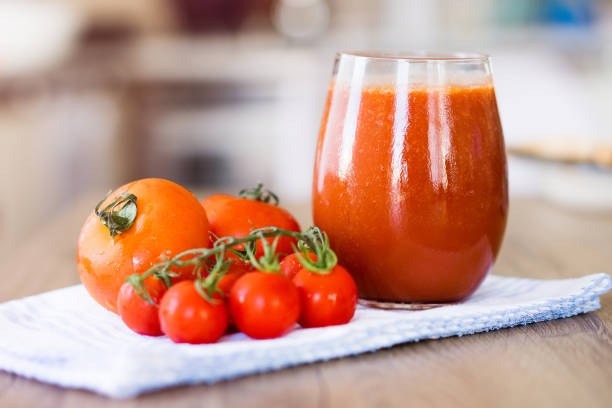
Tomato:
Tomatoes are very beneficial for jaundice treatment. Tomato is also a good solution to recover jaundice. It also helps in better functioning of the liver. For the treatment of jaundice:
- Add a pinch of salt and black pepper to a glass of tomato juice
- Drink this juice empty stomach in the morning every day until jaundice cures completely
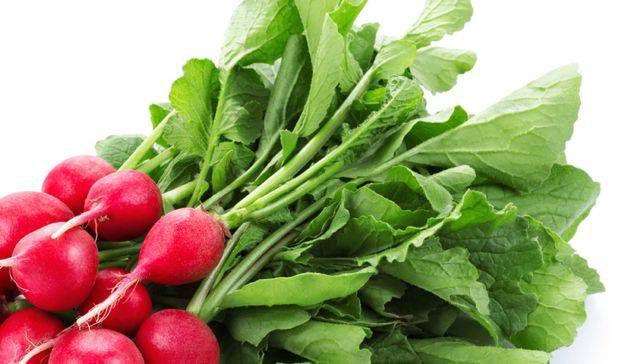
Radish Leaves:
Radish leaves reduce the weakness of the patient’s liver, the stomach is cleansed. This remedy provides relief from jaundice within ten days. To add it to the diet:
- Take a handful of radish leaves
- Grind the green leaves of fresh radish
- Extract juice from the grind leaves
- Filter it to drink
- Drink half a liter of radish juice daily
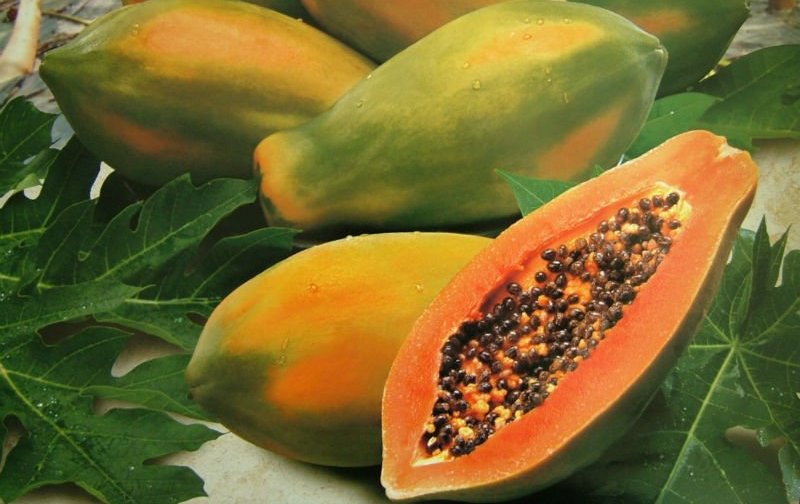
Papaya and Papaya Leaves:
Papaya leaves are a very beneficial home remedy for jaundice treatment. So, you can add papaya and papaya leaves to your diet without thinking about it twice. For this:
- Take a spoonful of honey in a teaspoon of papaya leaf paste
- Eat it for about two weeks
- You can also eat ripe papaya twice daily to get rid of jaundice
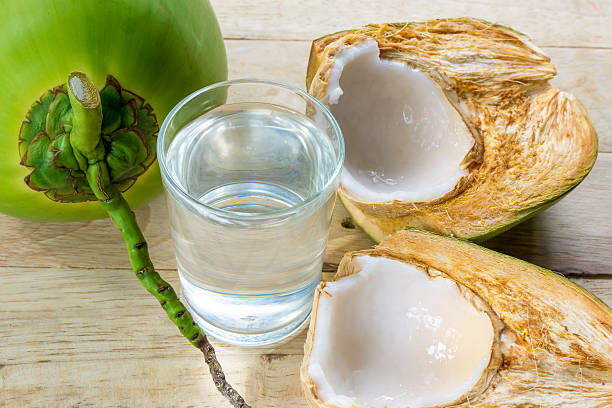
Coconut Water:
Coconut water helps keep the jaundice patient’s stomach cool and thus helps in better liver functioning. So, do not forget to add coconut water to your diet.
- Drink a glass of fresh coconut water
- Drink it twice or thrice a day
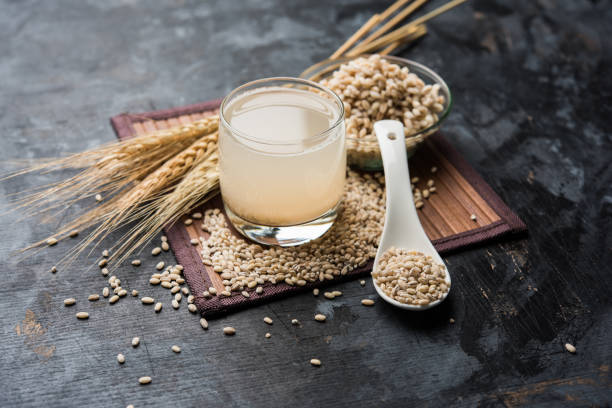
Barley and Barley Water:
Barley and barley water has the capacity to increase urine. Barley water throws excess bilirubin out of the body.
- Take a cup of barley in a little water
- Cook it for about 3 hours on a low flame
- After this, cool it down properly
- Strain the barley to drink its water
- Or you can also eat barley
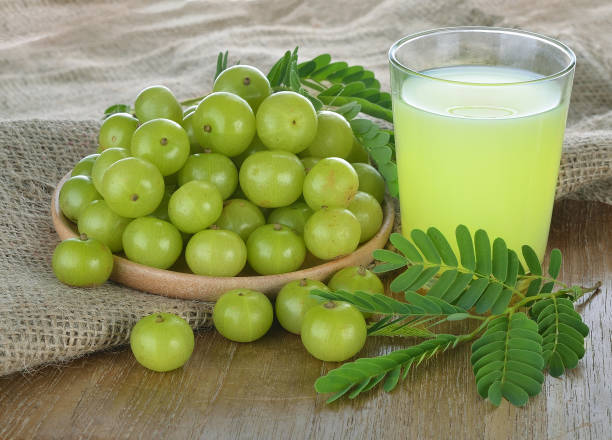
Amla:
Amla juice is rich in Vitamin C and it also works to clean liver cells. Amla can also be eaten raw. Amla is one of the best home elements to add to your diet. For this:
- You can eat raw amla slices with a pinch of black salt
- Or take a handful of amla and slice them finely
- Grind the amla slices
- Squeeze it and your amla juice is ready to drink
- Drink this amla juice in the morning empty stomach.

Lemon Water:
Vitamin C is present in lemon. Therefore lemonade is very beneficial for jaundice patients. It is considered to be a very good home remedy for jaundice. Apart from this, there are also properties of reducing inflammation, which help block the bile duct. Thus lemonade helps to cure jaundice. For This,
- Take 1 medium size lemon
- 1 glass of water
- A few numbers of mint leaves
- A pinch of black salt
- Mix all the ingredients together
- Drink this lemonade twice a day.
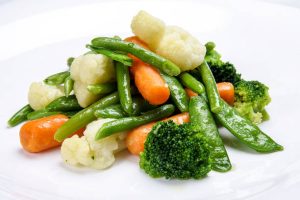
Boiled Vegetables:
Vitamin B is present in rooted vegetables and too much lycopene is also present. Eating them strengthens your immune system. Vegetables are very beneficial to recover jaundice because they are fat-free. Eating them does not cause any kind of damage to jaundice patients, as well as the liver, which starts functioning finely. For this,
- Boil and cook vegetables such as
- Carrots, potatoes, sweet potato, beetroot, etc.
- Besides, you can also eat vegetables salad and
- Drink soup too.
Jaundice Diet Chart Table:
See below the jaundice diet chart in table.
| Meal Time | Foods to Eat | Why It Helps |
|---|---|---|
| Early Morning (7:00 – 8:00 AM) | Warm water with lemon OR coconut water | Helps detoxify the liver and stay hydrated |
| Breakfast (8:30 – 9:30 AM) | – Boiled oats with banana – Papaya or apple slices – Herbal tea (no milk) | Light, easily digestible, and rich in antioxidants |
| Mid-Morning Snack (11:00 AM) | – Fresh sugarcane juice (if advised by doctor) – OR pomegranate juice | Boosts liver enzymes and energy |
| Lunch (12:30 – 1:30 PM) | – Soft rice or khichdi – Boiled/steamed vegetables (carrot, spinach, pumpkin) – Moong dal – Buttermilk | Low-fat, high-fiber, and gentle on the liver |
| Afternoon Snack (4:00 PM) | – Coconut water or barley water – Steamed sprouts (optional) | Rehydrates and adds mild protein |
| Evening (6:00 PM) | – Papaya or apple – Herbal tea (no caffeine) | Helps digestion and maintains liver-friendly nutrition |
| Dinner (7:30 – 8:00 PM) | – Soft phulka or rice – Boiled moong dal – Steamed bottle gourd or ridge gourd | Light meal to avoid liver overload |
| Before Bed (Optional) | – Warm water OR turmeric milk (non-dairy preferred) | Supports liver detox overnight |
Jaundice Diet Chart: What Not To Eat or Avoid
These are the foods to cut down from your diet:
- Do not eat hot foods
- Do not turn back and relax
- Avoid eating spicy, dessert, lentils, and fried foods with this disease.
- Avoid foods that are hard to digest
- Do not eat meat as it takes much time to digest
- Do not put too much salt in a jaundice patient’s meals
- Avoid high-protein foods such as eggs, meats, etc.
- Completely avoid junk foods
If you are suffering from jaundice, then adopt these foods in your diet as well as consult a doctor. Besides, medicine eats foods from this diet to get relief from jaundice quickly. These foods will help you get rid of jaundice.
FAQs:
Q. Why is diet important in jaundice recovery?
A. Jaundice affects liver function, so a light, nutrient-rich diet helps reduce stress on the liver, promotes detoxification, and supports faster healing.
Q. What foods are best for jaundice patients?
A. Easily digestible foods such as:
- Boiled rice or khichdi
- Moong dal
- Fresh fruits like papaya, apple, and pomegranate
- Coconut water and sugarcane juice (if allowed by doctor)
- Steamed vegetables (carrot, spinach, bottle gourd)
Q. Which foods should be avoided during jaundice?
A. Avoid:
- Fried, spicy, and oily foods
- Alcohol and caffeine
- Red meat and full-fat dairy
- Processed or sugary items
- Carbonated drinks
These burden the liver and slow down recovery.
Q. Can I drink milk during jaundice?
A. It’s best to limit or avoid full-fat milk. If needed, opt for diluted or non-dairy alternatives like almond or oat milk, and only after consulting your doctor.
Q. Is sugarcane juice good for jaundice?
A. Yes, in moderation and if freshly prepared. Sugarcane juice may support liver function, but it should be consumed only under medical guidance, especially for diabetic patients.
Q. How often should meals be taken during jaundice?
A. Eat small, frequent meals every 2–3 hours. This supports better digestion and avoids overloading the liver.
Q. Can protein be included in the jaundice diet?
A. Yes, but in light forms like moong dal, lentil soup, and steamed sprouts. Avoid heavy or greasy protein sources like red meat.
Q. How long should I follow the jaundice diet chart?
A. Usually 2–4 weeks or until liver function tests return to normal. The exact duration depends on the severity of the condition and doctor’s advice.
Q. Is fruit juice allowed in jaundice?
A. Yes, fresh fruit juices like pomegranate or orange (rich in vitamin C) are beneficial. Avoid packaged or sugary juices.
Q. Can I eat eggs during jaundice?
A. Boiled egg whites may be allowed in moderation, but avoid yolks and fried eggs. Always confirm with your healthcare provider.